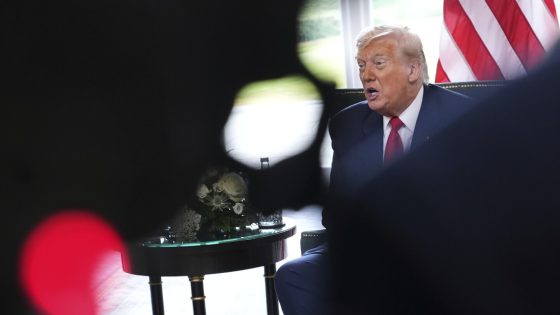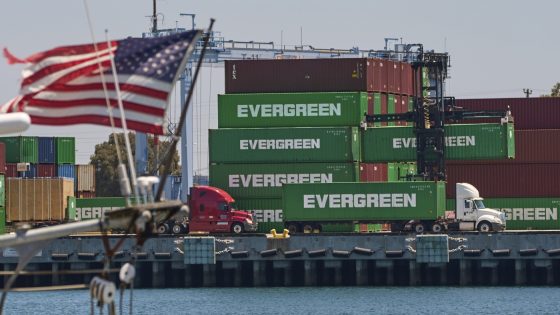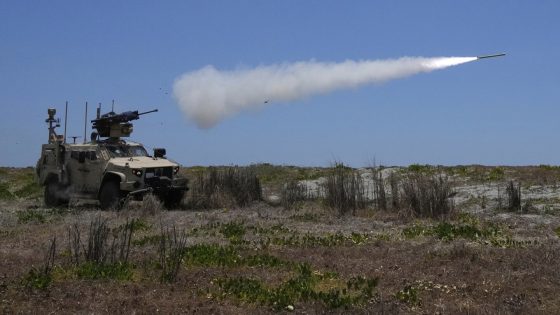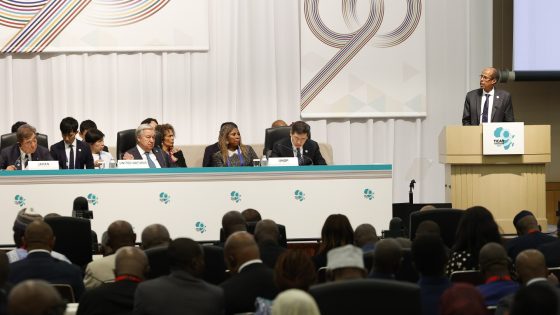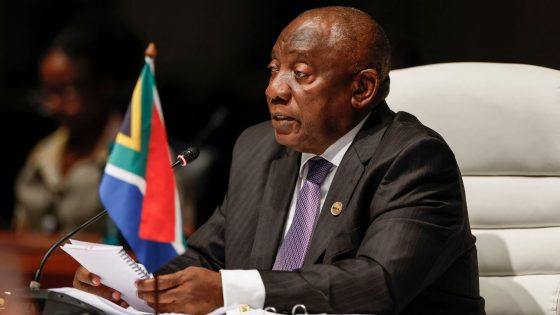President Donald Trump has signed an executive order imposing new tariffs on various U.S. trading partners, set to take effect on August 7, 2025. This move marks a pivotal moment in his trade agenda, raising questions about its potential impact on the global economy and long-standing American alliances.
- Trump signs executive order for new tariffs.
- Tariffs effective August 7, 2023.
- Legal challenges surrounding tariff authority arise.
- Major trading partners face increased tariffs.
- Canada faces 35% tariff for drug issues.
The order was announced shortly after 7 p.m. on Thursday, following a series of negotiations with several nations. While some countries, like the European Union and Japan, have reached preliminary agreements, many others face increased tariffs that could reshape international trade dynamics.
As these tariffs loom, one must consider the broader implications. Will these measures strengthen or weaken U.S. relationships abroad? The legality of the tariffs is also under scrutiny, as a U.S. appeals court debates whether Trump overstepped his authority. Key points include:
- Trump has raised tariffs on Canadian goods to 35%, citing drug trafficking issues.
- Many countries face higher tariffs than before, impacting their economies.
- China and Mexico have received extensions for negotiations but may ultimately face increased costs.
As the situation develops, businesses and consumers worldwide should stay informed and prepared for potential shifts in market conditions.



